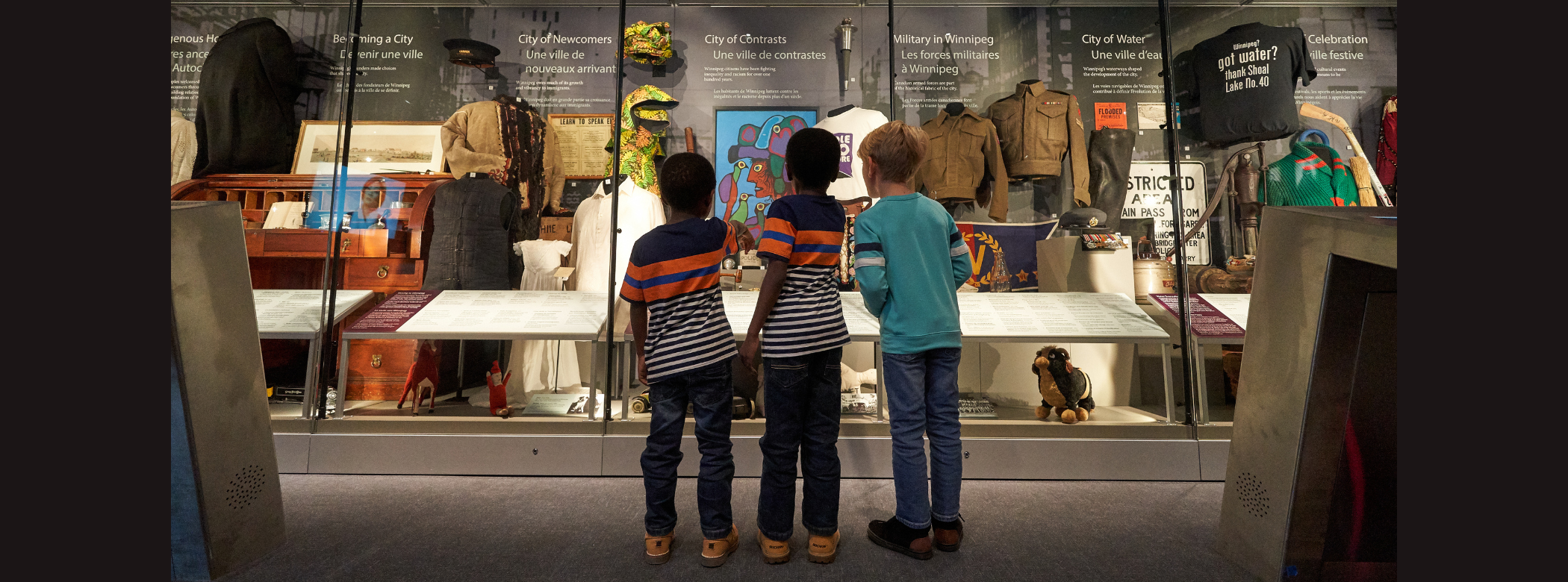Posted on: Friday February 2, 2024
By Roland Sawatzky, Curator of History at the Manitoba Museum
This year is the 150th anniversary of the City of Winnipeg. In 1874 it promoted itself from a small village nestled within the larger Red River Settlement, to a bona fide City, with all the aspirations of growth and importance it could muster. The Winnipeg Gallery at the Manitoba Museum is a great place to explore the fascinating history of our city.
The Winnipeg Gallery was completed at the end of 2019, so if you haven’t seen it yet, this year would be a great time. The gallery includes a seven-metre long wall of artifacts, related to seven themes that run through the history of Winnipeg, including Indigenous Homeland, City of Newcomers, and Celebrations, to name a few. And with special digital kiosks, you can do a deep dive into the story of each artifact, like Sergeant Tommy Prince’s authentic war medals, or a billy club from the 1919 General Strike.

This set of medals was awarded to Sergeant Tommy Prince, one of Canada’s most decorated Indigenous war veterans. Sergeant Prince was born on the Brokenhead Ojibway Nation.. The medals reflect his service in WWII and the Korean War. Loan from the Prince Medals Committee. ©Manitoba Museum
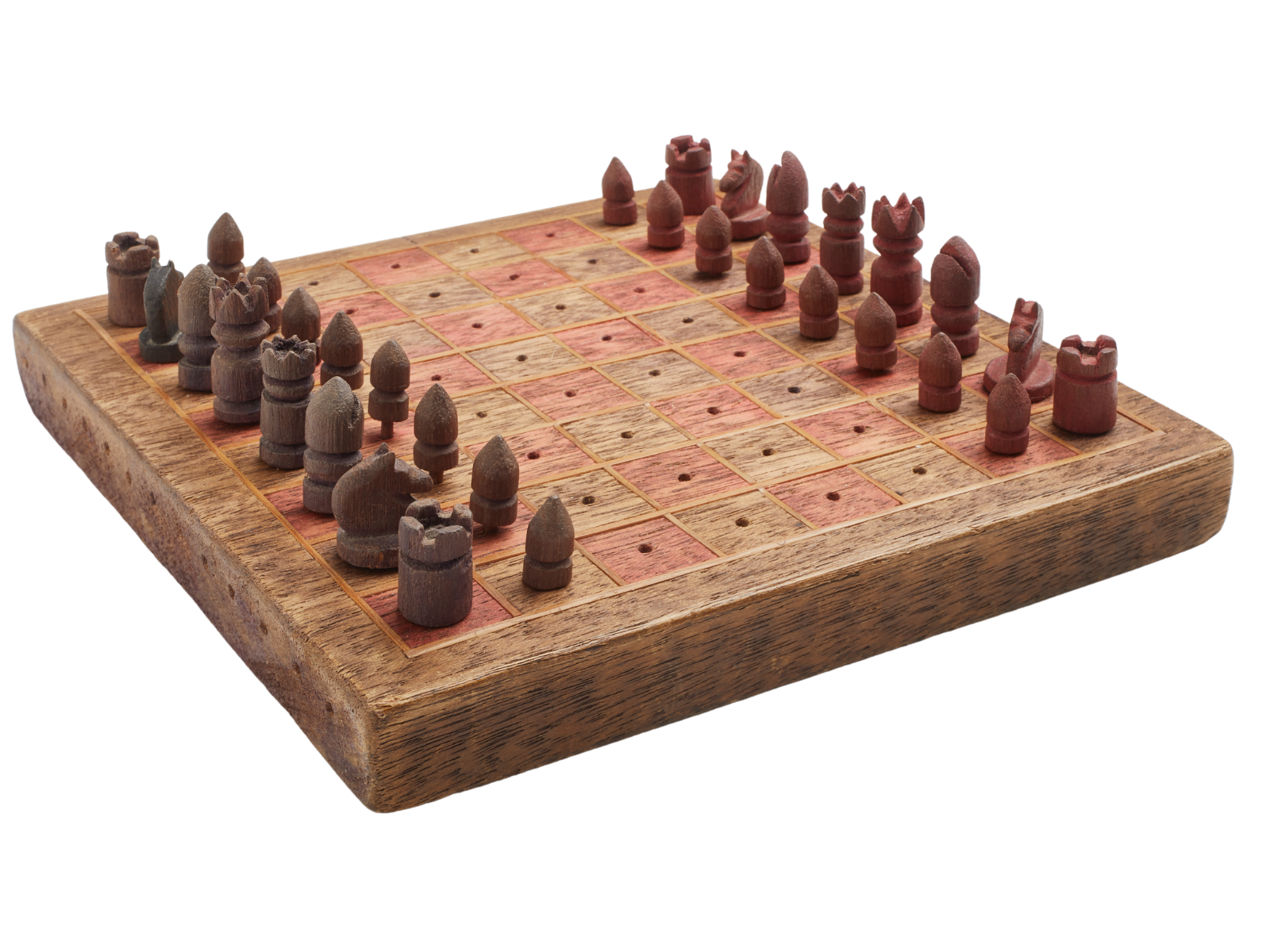
Many Winnipeg Grenadiers servicemen were imprisoned during WWII at Sham Shui Po Camp in Hong Kong. One prisoner made this chess set with scraps found at the camp. H9-37-547 ©Manitoba Museum
Discover Winnipeg’s changes over time through our ground-breaking interactive digital map, which lets you explore the city from seven time periods, right up to today. You can release the floodwaters over our unsuspecting city, trace the growth of your neighbourhood, or track the various epidemics (and pandemics) that have hit the city over the last century and a half.
Indigenous history is integrated throughout the gallery, including a nine-Nation treaty established at the Forks in 1285 CE; John Norquay, the Métis premier (1878-1887); the story of Shoal Lake 40 and the Winnipeg Aqueduct; and the 1972 establishment of the era-defining “Professional Native Indian Artists, Inc.” art collective, plus much more.
The inspiring experiences of immigrants in Winnipeg are told through old artifacts and new stories, accessed through a “kitchen table,” where you can sit and listen to the challenges met and overcome by new Canadians, like adapting to the extreme cold, establishing a business, and learning a new language.
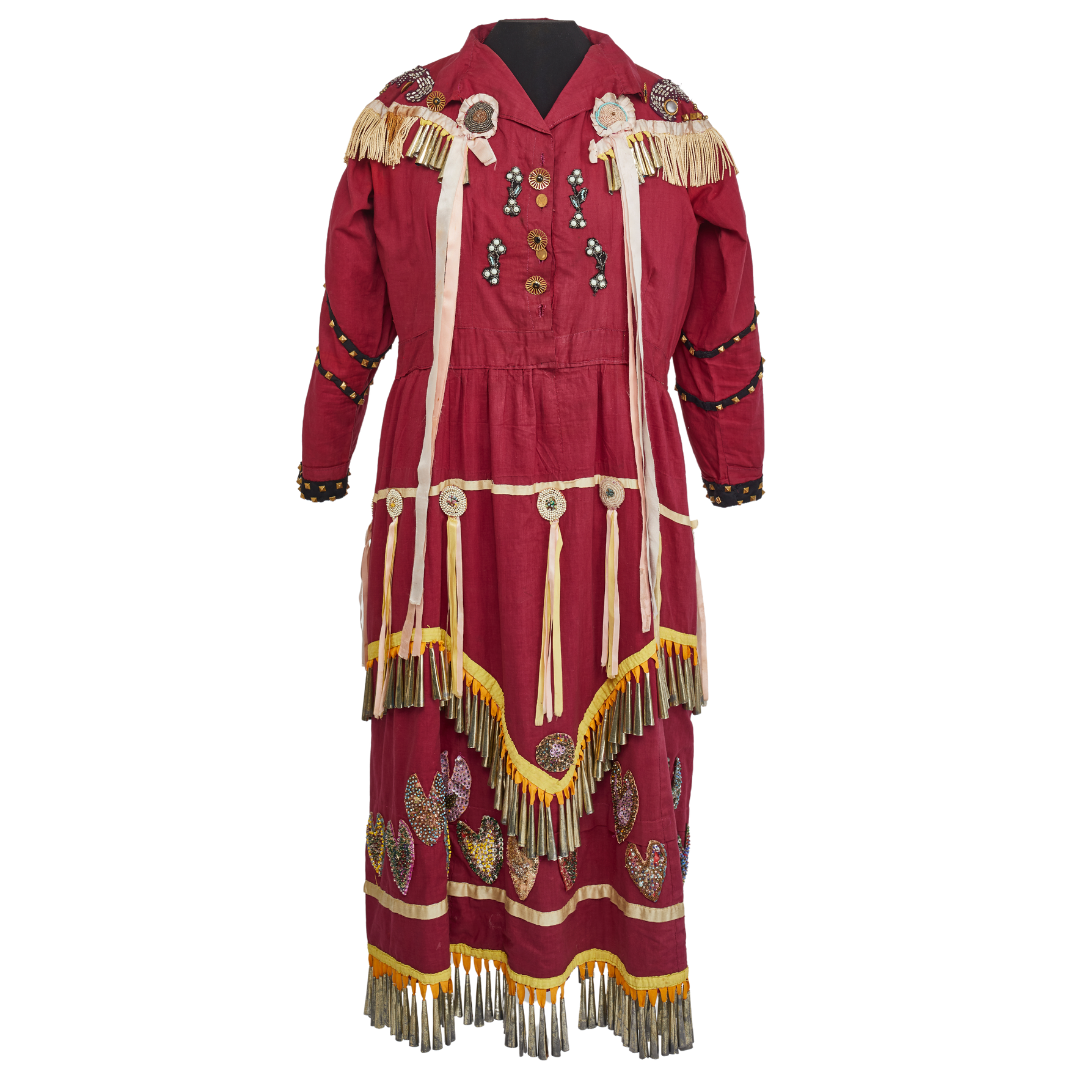
This jingle dress was made by Linda Tait from Swan Lake First Nation around 1970. Pow wows are important cultural events in Winnipeg today, and the Jingle Dress Dance is a major feature. H4-0-377 ©Manitoba Museum
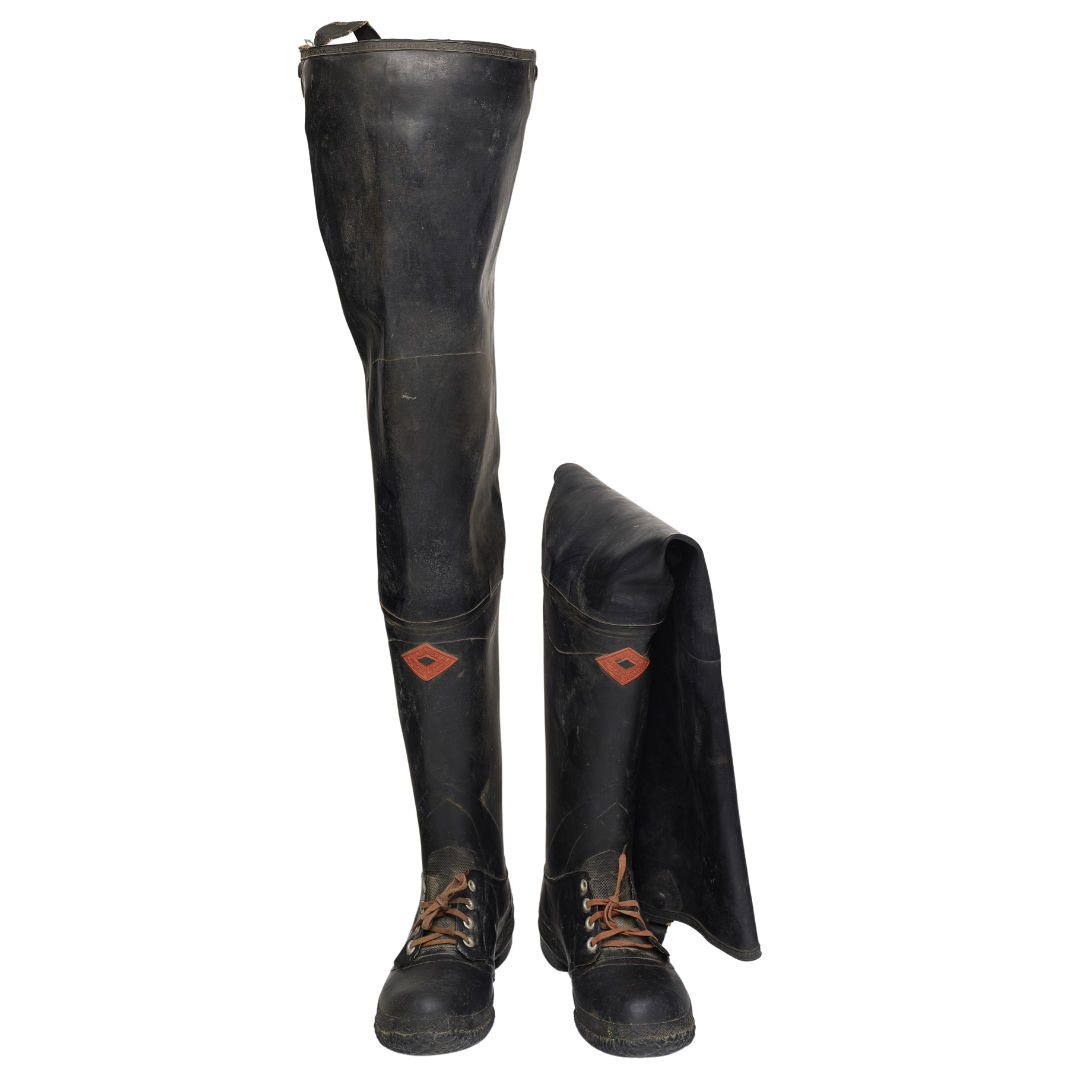
During the catastrophic flood of 1950, this pair of hip wader boots was used by a volunteer to assist with relief. Around 100,000 people had to be evacuated from their homes. H9-37-632 ©Manitoba Museum
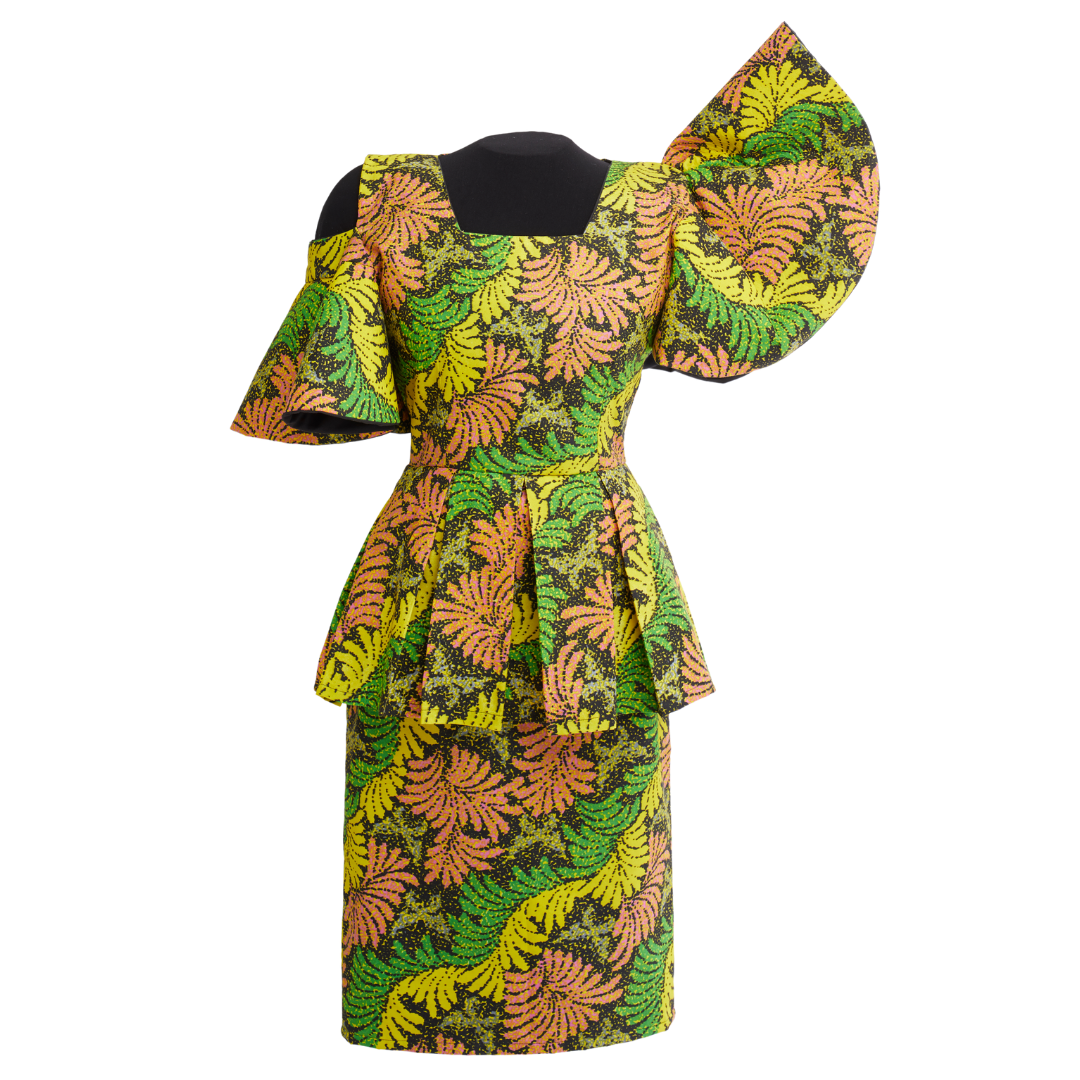
This is a Kaba dress made by Olayinka Ali in 2018 for the Manitoba Museum. Olayinka is a fashion designer and dressmaker for communities from Africa in Manitoba. H9-38-824 ©Manitoba Museum
Then explore the changes in “Winnipeg 1920.” Most visitors call it the “little town,” but Winnipeg in 1920 was Canada’s third largest city. We’ve made changes to populate it with the diverse peoples of the time.
Our city has had its fair share of important events and contributions to the Canadian story, along with deeply challenging social disparities, from 1874 right to this moment. Winnipeg’s history is tumultuous ever-changing, and contentious. But it isn’t dull. See for yourself!




